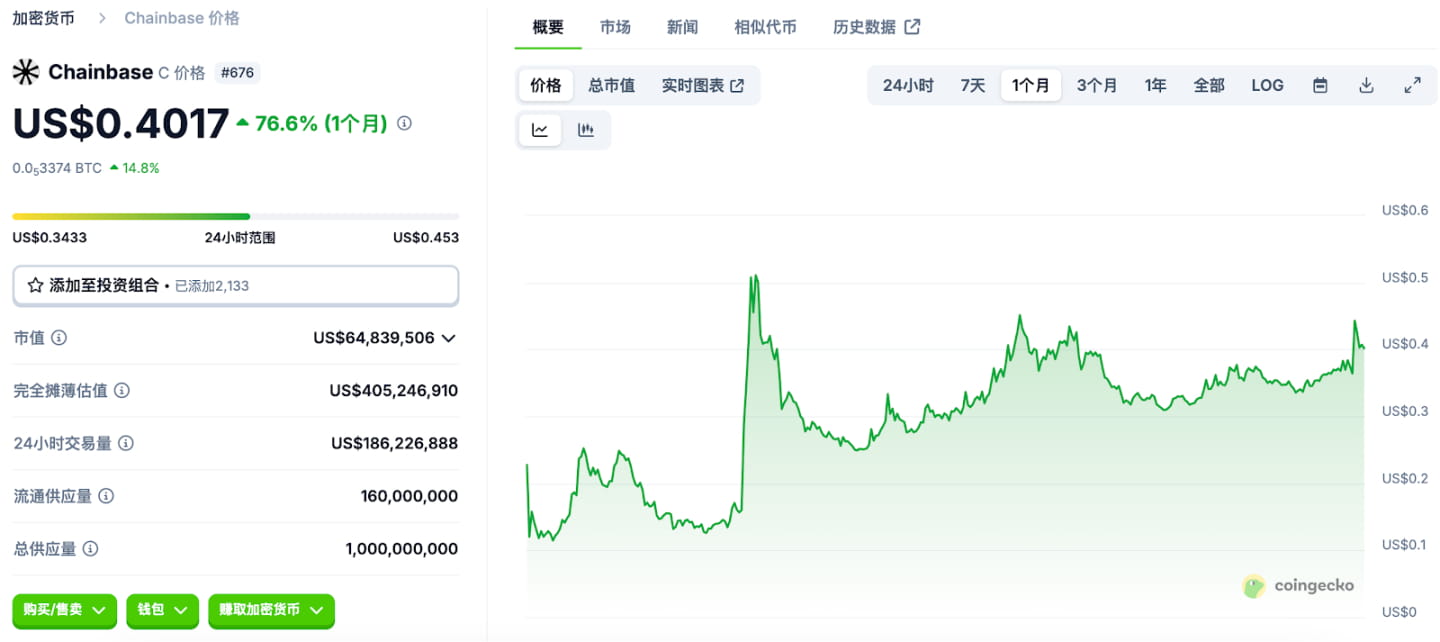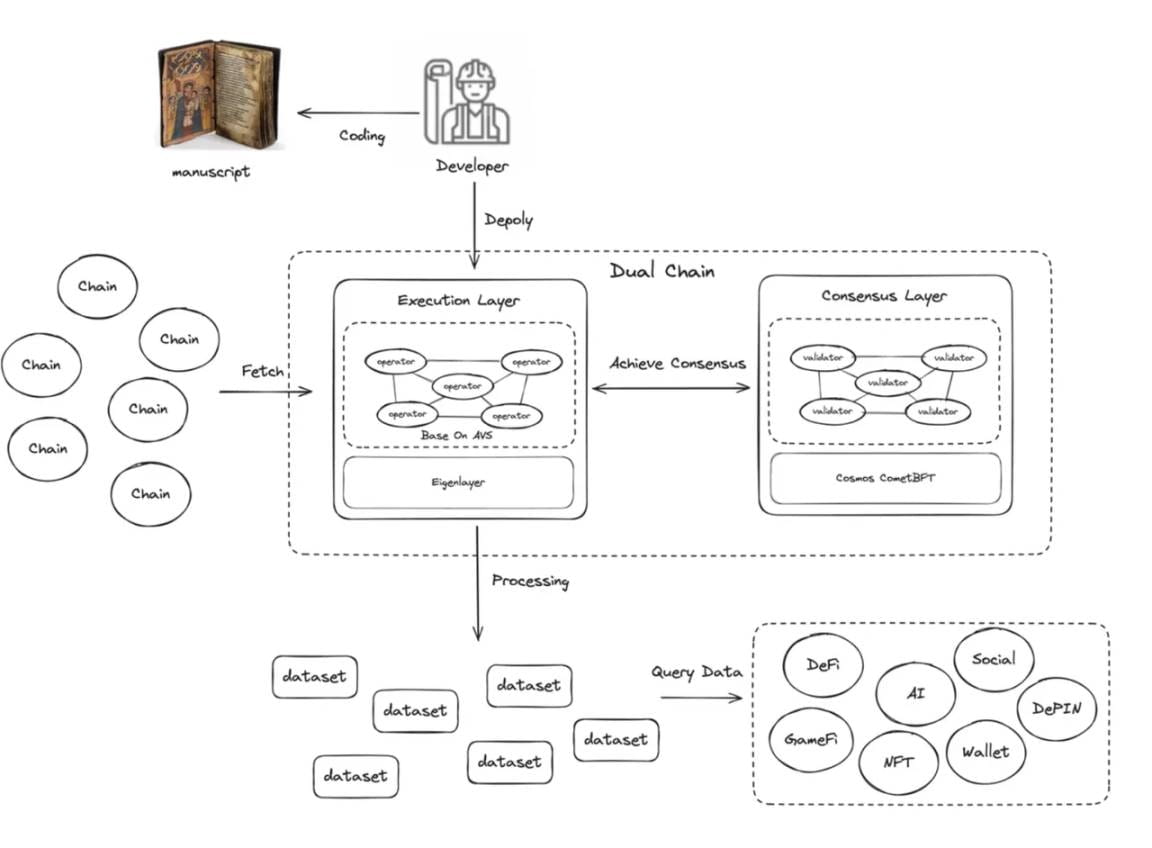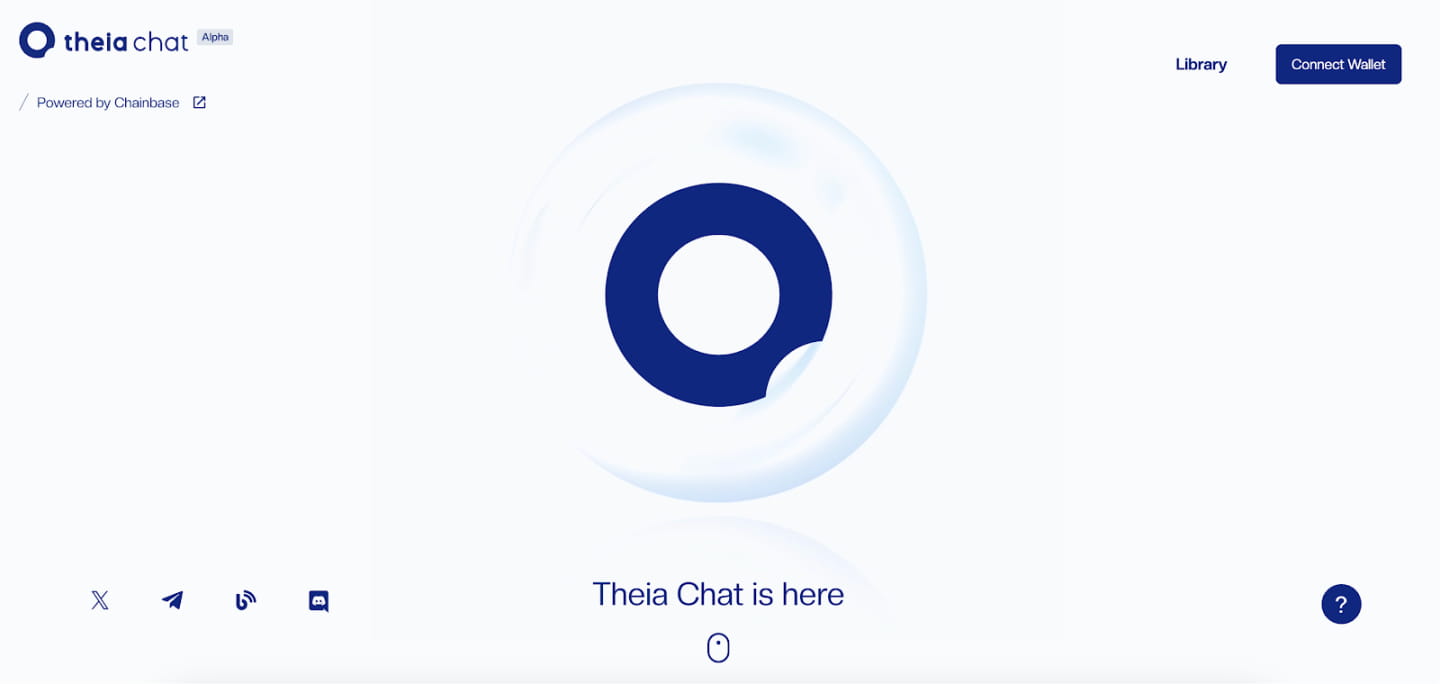Written by: Bright, Foresight News
Plato depicted a famous 'Allegory of the Cave' in (The Republic): prisoners in the cave are bound by chains and can only see shadows cast on the rock wall by candlelight, believing those shadows to be the only reality; it is only when someone breaks free from the chains and exits the cave that they realize the world illuminated by sunlight is the true reality.
In today's world where AI and blockchain intertwine, are we not also prisoners in a 'cyber cave', wrapped in vast amounts of data? The fragmented information on-chain and off-chain resembles the shadows dancing on the rock wall: false, fragmented, and unreliable. Developers find it difficult to build accurate applications due to incomplete data, investors miss valuable opportunities due to distorted signals, and AI models generate systemic biases due to unreliable inputs.
The capital market has already begun the land grab on the data supply side, with AI data companies Scale AI and Surge AI in the Silicon Valley Bay Area rising with valuations exceeding $10 billion.
On-chain, DataFi has emerged in response. In the era of AGI (Artificial General Intelligence), DataFi will play a role in escaping the cyber cave - providing an open and transparent data interaction operational layer, constructing a data-centric AI stack at the base level in a chain-native manner, ultimately transforming fragmented human behavioral data into executable assets that are verifiable, structured, and AI-ready.
The impressive performance of Chainbase, which successfully completed its TGE in July and saw over a 76% increase in a single month, validates the market's demand for Web3 AI Infra.

Mining the 'Gold Mine' of On-Chain Data
MOGU, the founder of Chainbase, stated that today the internet brings connectivity, encryption technology brings ownership, and artificial intelligence brings intelligence, but intelligence does not arise out of thin air; it originates from the fusion of three elements: data, models, and compute. Currently, AI is developing rapidly in models and computing power, but the data supply side is clearly weak - the 'organic data' generated by humans has hit a growth ceiling, and AGI is being 'polluted' by the low-quality data it produces.
Therefore, the next decade for AI will be a decade of 'data infrastructure'. In this context, data is no longer a by-product of technology; in other words, it is no longer just an accessory to productivity. Instead, it is a core production factor that is measurable, tradable, and can be enhanced, just like electricity and computing power.
In the Chainbase Hyperdata Network, roles such as operators, validators, developers, and delegators are appropriately placed, with data circulating based on the structure of 'manuscripts', which consist of two parts: Schema and Operators. The schema defines the data types and corresponding parameters of on-chain transactions, while operators serve as means for data extraction and analysis. After developers compile the manuscripts, operators (who must register in EigenLayer) index these manuscripts and confirm them with validators, who need to ensure data security and integrity. Delegators will stake and delegate native ETH or protocol tokens (CBT), triggering a penalty mechanism in the smart contract in case of tampering, such as deducting the staked ETH, thereby ensuring security on an economic level.

Let the 'Gold Mine' flow freely
Previously, established on-chain data infrastructures like The Graph and Dune required external intervention and manual configuration for data acquisition and processing, making it difficult to achieve automated data processing. Such adaptation requirements limited the comprehensiveness and scalability of traditional data stacks; users lacking native programming skills find it hard to obtain useful information from the data infrastructure for specific applications.
Faced with complex application scenarios, Chainbase, supported by the new generation data stack system, has constructed a chain-native AI large model called Theia, which has been open-sourced. Theia is based on 8 billion general large language model parameters and over 200 million Crypto parameters, trained using the D2ORA algorithm. Most importantly, Theia supports natural language interaction. Crypto users can converse with the Theia model as naturally as using ChatGPT, personalizing their access to the required on-chain data.

Chainbase Market Outlook
Before the TGE, Chainbase completed a $15 million Series A financing round, led by Matrix Partners China, with participation from Folios Ventures, Hash Global, JSquare, Mask Network, and Bodl Ventures, reflecting traditional internet giants' optimism about the development prospects of DataFi.
One month after the TGE, Chainbase performed impressively in the Binance Alpha project during the same period. Chainbase currently has a circulating market cap of $63.6 million and a total market cap approaching $400 million, with daily trading volume exceeding $200 million across the network. Its token C launched on Binance Alpha on July 14, with airdrops of 750 C tokens to eligible users, which has been estimated to exceed $380 at its peak price. During the same period, token C was exclusively launched in Bitget's Launchpool, distributing a total of 2.5 million C worth over one million dollars in the BGB prize pool to VIP and regular users.
Now, C has already been listed on major exchanges such as Binance and Bitget for spot and perpetual contract trading. Additionally, C officially launched on the highly wealth-generating South Korean exchange Bithumb on July 29. According to CoinMarketCap data, the trading volume of C on its first day at Bithumb reached $22.717 million, ranking 14th in trading volume within the exchange.
Currently, according to Chainbase's official disclosure, Chainbase has integrated over 200 blockchains; more than 50,000 developers and over 10,000 on-chain projects; achieved a data refresh interval of less than 3 seconds to ensure real-time data; processed an average of 500 million queries daily, successfully responding to over 600 billion queries; and launched 3 million wallets. Additionally, Chainbase AVS has secured decentralized execution through 600,000 ETH (Eigenlayer) and has reached comprehensive cooperation with Eigenlayer, Altlayer, io.net, Google Cloud, TON, Sui, Mask, Particle, and others.

It can be said that in the tide of AGI, DataFi has created a new paradigm for the assetization and financialization of on-chain data. Chainbase's Hyperdata Network, built 'from the chain', will continuously empower both on-chain and off-chain AI, creating a pure data ark for users.

